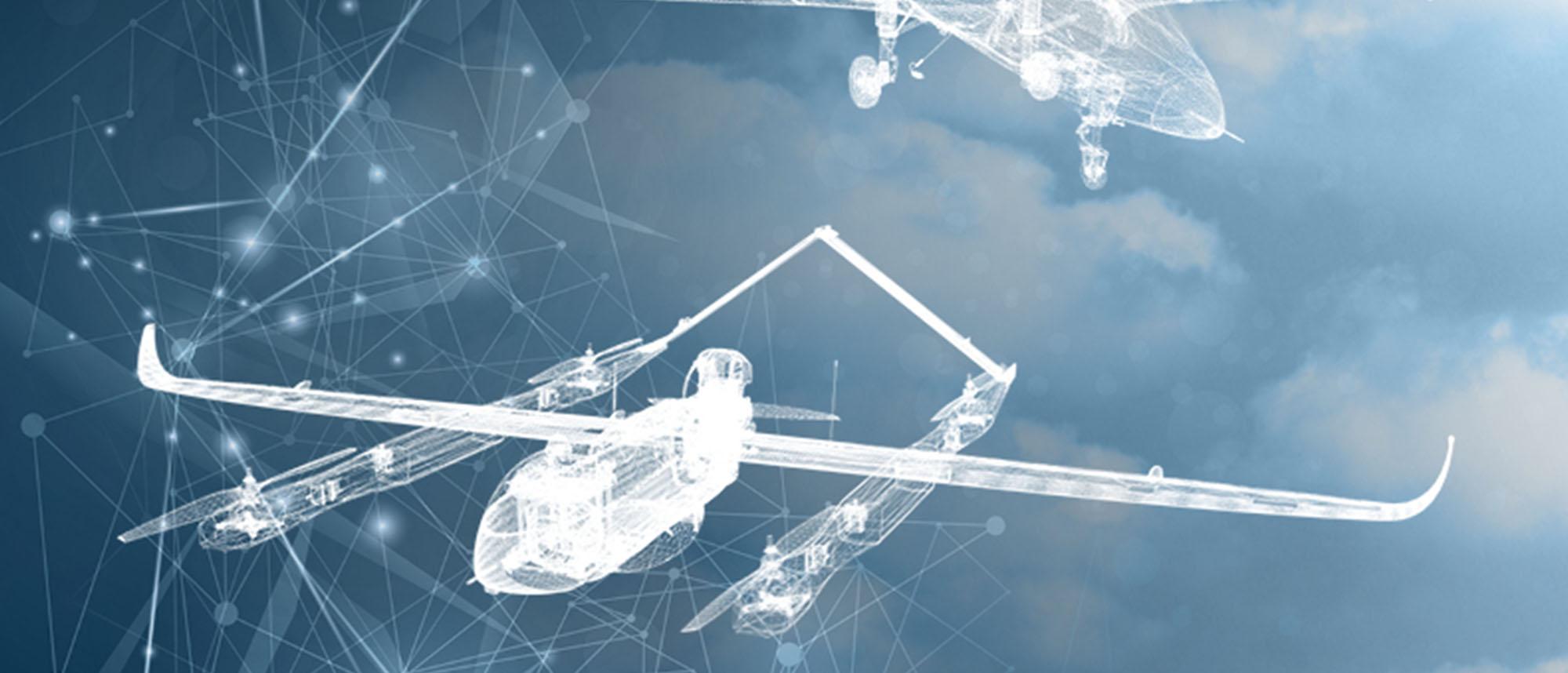
Take a Peek Into the Future of Unmanned Aircraft Systems
According to the Teal Group, worldwide military unmanned aircraft system (UAS) production will grow to more than $80 billion in just 10 years. Tomorrow’s mission requirements are expected to include a variety of domains, combat areas and challenging environments. UAS manufacturers are now tasked with advancing their current technology – meaning the UAS of the 2040s will look and operate much differently than today’s.
Textron Systems’ Technical Director Sean Baity takes a peek into the crystal ball to muse on tomorrow’s platforms. Easier to use, easier to train, and more capable than ever before, UAS will deliver more than just information, but actionable knowledge. Humans will always remain key to unmanned capabilities, but the characteristics of the future solution will enable a transformation of UAS technology to become smarter, more approachable, and more prevalent as users evolve from skilled operators to effective conductors.
No Assembly Required
The user experience and interaction between human and machine will continue to mature with capabilities that will simplify the operator’s experience, not only on the workload to accomplish a mission, but sustain the hardware and software as well. For example, technology developments suggest that human operators will communicate with the UAS system through our native senses leveraging our own human biological sensor interfaces. Instead of using tablets, operators will be able to leverage the bandwidth and acuity of our sense of vision to quickly synthesize and act through augmented and mixed reality displays. Instead of operating complicated displays and machinery, operators will leverage emerging machine learning technologies be able to talk, touch and listen to the system. With these added capabilities, operators can spend the bulk of their time executing their mission with their heads up rather than down.
Operate Wherever, Whenever
Challenging environments will be no problem in the future. By adding features that increase a platform’s flexibility, customer mission sets can expand to new and previously impossible arenas. Systems will progress towards smaller, more compact, systems that exploit new propulsion solutions to provide an increased operational agility. Quickly moving between locations to launch and land without a runway or a complicated apparatus will become the norm. By removing the constraints imposed by the environment, users will have greater freedom to maneuver and deliver capability provided by UAS in severe weather, complex terrain and contested environments with unmatched resilience.
Work Smarter, Not Harder
Eventually, human operators will have the time and capacity to lead a team of UAS, instead of only one. While the enabling architectural infrastructure is available today, the next generation of UAS will become more assimilated into a wider array of application. This transformation will be enabled by the confluence of the maturation of less burdensome human machine interfaces, removing constraints through a greater flexibility in employment concepts, and systems that achieve an awareness of mission readiness through advanced machine data synthesis. Together, these aspects of the future system will present meaningful and actionable knowledge to the operator that moves beyond the cognitively intensive operation characteristic of legacy solutions. For example, a team of UAS could possess advanced self-healing, self-solving and self-evolving capabilities – giving the human in the loop additional time to complete other tasks to reduce the cost and burden of dedicated UAS operational human resources. Militaries will have the ability to cover a broader area and create a larger front on the battlefield with diverse suite of combined effects
Future-generation UAS may look and operate a bit differently than today’s. But the consistent trend line is their growing importance for the world’s militaries. With enhanced capabilities and increased efficiency of deployment at the customer’s discretion, the continuing evolution of UAS will require less training, resources and attention to operate. Future UAS will help to grow the expectation of what’s possible and push the envelope regarding teaming with other battlefield assets.